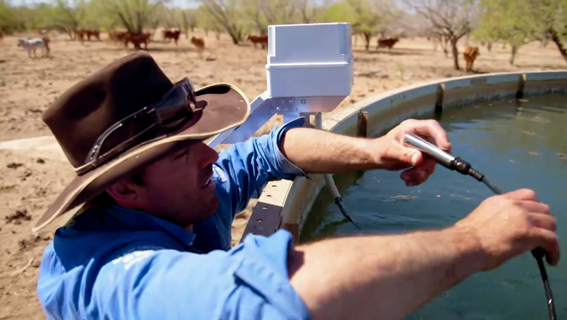How to Select Liquid Level Sensors for Process Control
In the process of automated production, liquid level detection and monitoring is important, which directly affects the quality of products, and even decides whether the production process can be carried out smoothly. In order to choose the best liquid level sensor, we not only need to understand the properties and states of the liquid to be measured, but also know the advantages and limitations of different detection methods, so as to select the most suitable sensor.
When we understand the advantages and disadvantages of different liquid level sensors, we gradually have a clear knowledge for their selection. First of all, before starting to choose, we must first know what functions the sensor is required? Is it a switch output or an analog output? Usually switch/digital output is used for alarm or protection, such as anti-overflow alarm during filling, low-level anti-pump idling protection...; analog output is mainly used for process control, including filling capacity, liquid display, feeding speed control, etc.

Next, we must understand the properties of the liquid before selecting a liquid level sensor, including state, color, corrosiveness, viscosity, and whether it contains impurities. Does it need to meet food hygiene certification? For example: in the filling process of daily chemical cream, it is necessary to monitor the high and low liquid levels of the liquid storage tank. First of all, we know that the cream is a fluid, with a large viscosity, is translucent milky white color, non-corrosive , without food hygiene certification. According to the requirements, we can choose ultrasonic level sensor.
Then we need evaluate the other aspects of the liquid level sensor, including the installation, price and maintenance etc.






